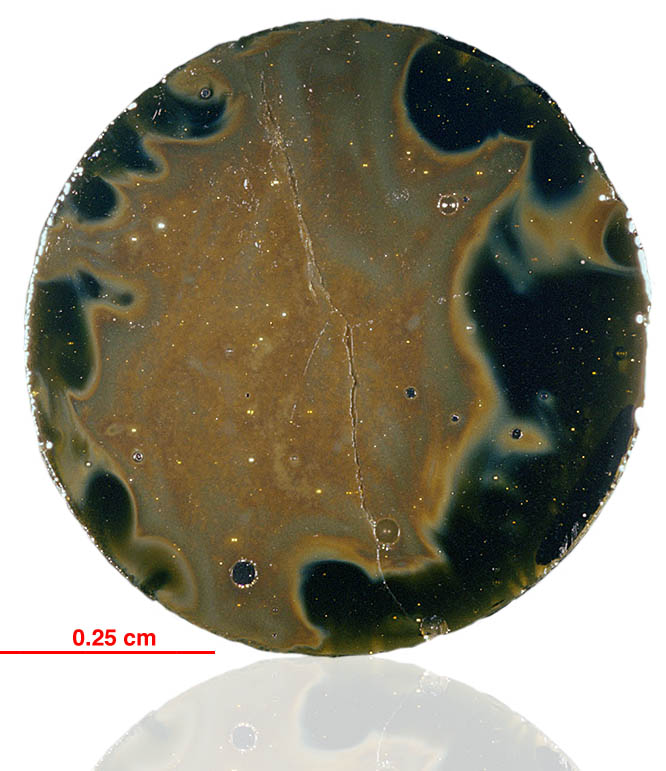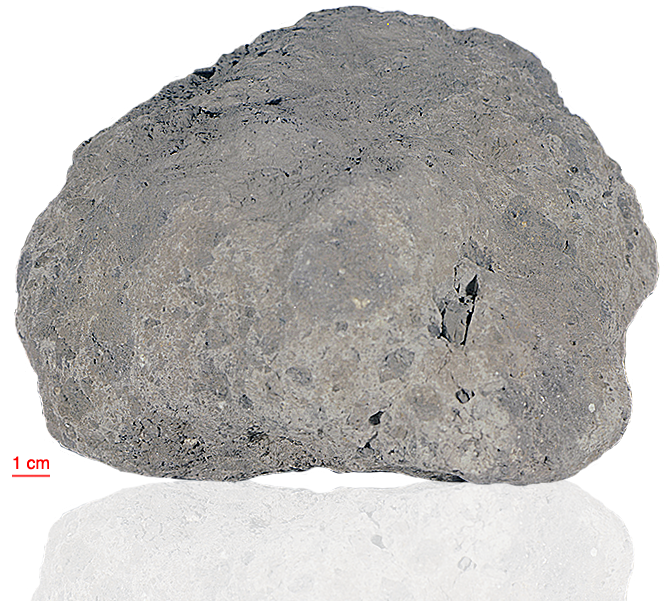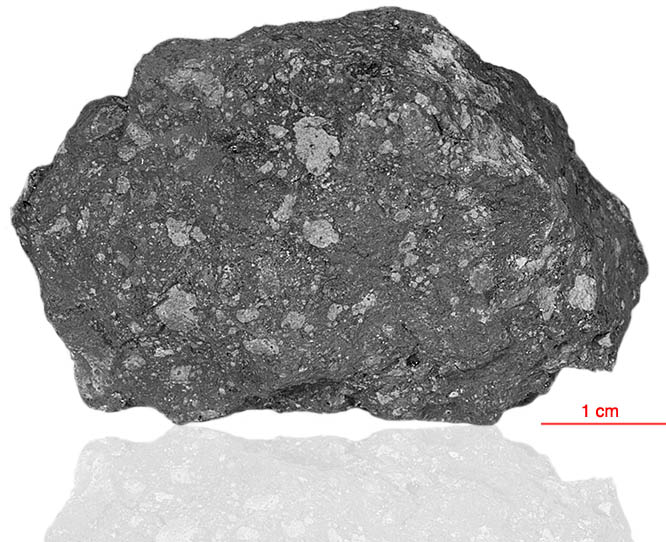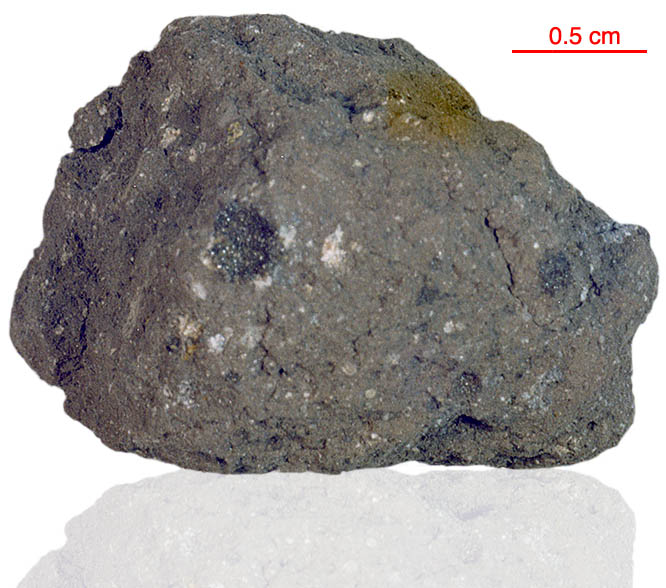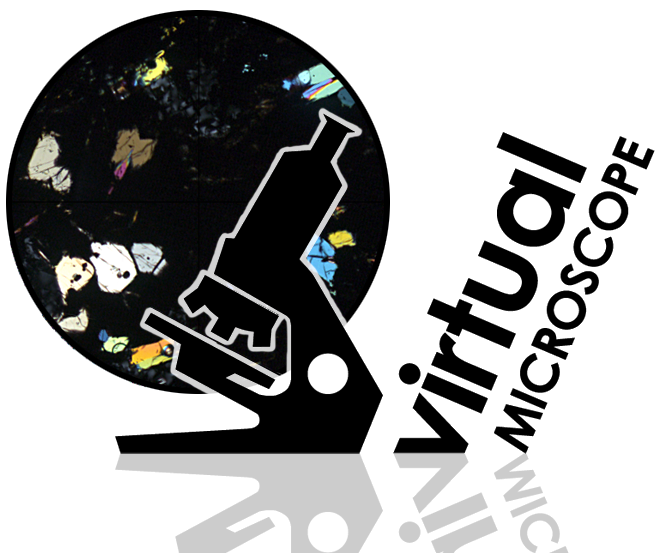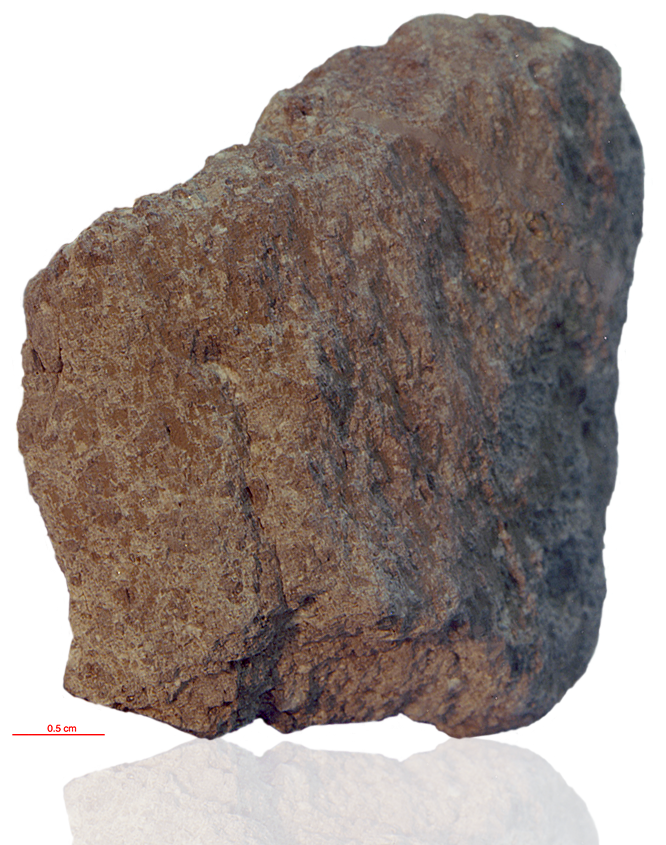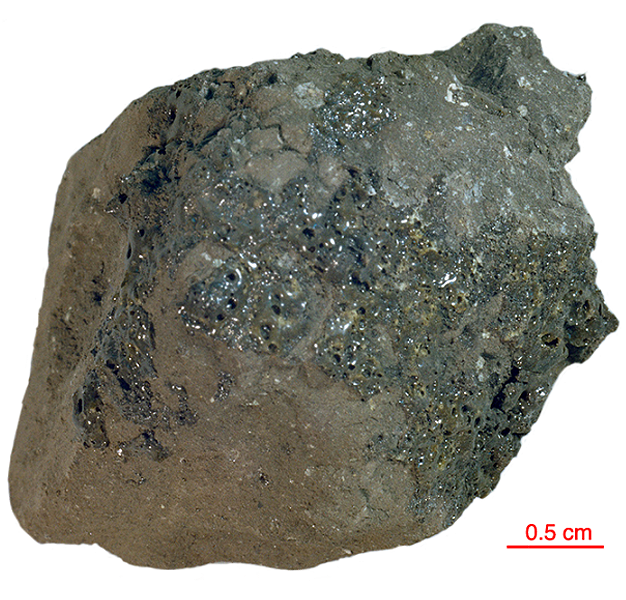
Fact sheet
14255 is a regolith breccia with glass coat (not visible in the thin section). It is a friable fine-grained, glass-matrix breccia with a thin coat of black glass over most of its surface. It has a high percentage of agglutinates (matrix free). The matrix contains near colourless and light-brown glass. The Apollo 14 regolith breccias (vitric matrix breccias) are slightly more aluminous than the Fra Mauro breccias (crystalline matrix breccias).
The sample weighed 22.12 grams before analysis. It has not been dated.
Further details of this and other Apollo samples are here: http://curator.jsc.nasa.gov/lunar/
The Apollo 14 landing site was in a region formed by impact-basin debris.
Most of the 42 kilograms of rocks and soil collected on Apollo 14 are breccias (rocks that are composed of fragments of other, older rocks). In some cases, the rock fragments that form a breccia are themselves breccias. Such rocks obviously have experienced complex histories with multiple generations of impact events. Some breccias were heated enough that some of the material in the rock was melted.
Apollo 14 was launched on 31 January 1971.

